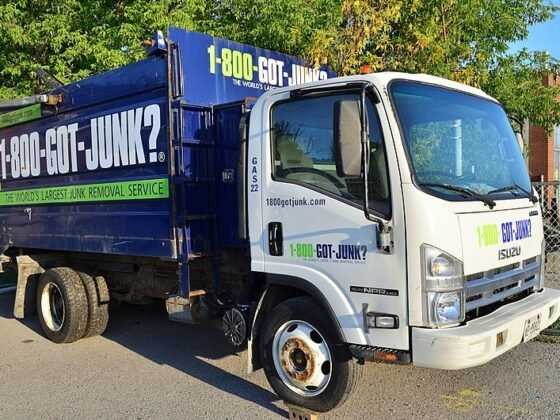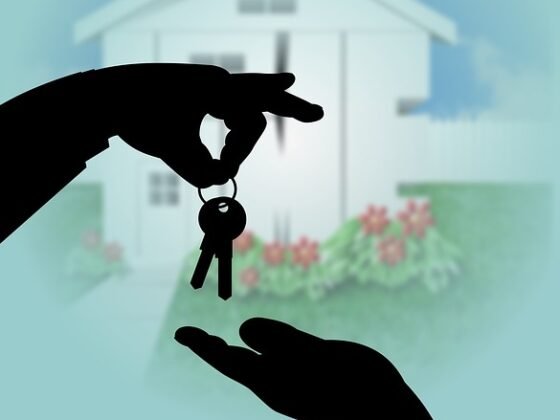Table of Contents Show
The home improvement market grew by 3.5% in 2020. It’s expected to grow even more in 2021 As homeowners catch up on maintenance and home projects.
A home renovation is an exciting project because you get that much closer to creating your dream home. You get rid of old annoyances and install a happy relationship with your home.

As exciting as these projects are, they’re also very expensive. A home improvement loan might be the answer as project costs creep upwards of $10,000.
You’ll have a lot of questions to determine if a home improvement loan is right for you and how to get one. The good news is that you don’t have to look anywhere else for the answers.
Read on to learn everything you need to know about home improvement loans.
What Is a Home Improvement Loan?
A home improvement loan is an installment loan for the purpose of a home renovation project. It’s very similar to personal loans in that you pay the interest and principal in monthly installment payments.
These loans may be secured or unsecured. An unsecured loan has a higher interest rate, but you don’t put up property to guarantee the loan.
A secured loan is guaranteed by collateral. That’s usually your home for a home improvement loan. You’ll get a lower interest rate because the bank has less risk.
In exchange for that lower interest rate, you’ll lose the home if you default on the home improvement loan.
Read Also:
Home Improvement Loan Alternatives
There are other loans and financial products that get lumped into the same category as home improvement loans.
You should understand the differences between them to ensure that you’re getting the right financial tool for the home improvement project.
A home equity loan is a secured loan for a specific amount of money. You borrow against the equity you have in your home.
The longer you’ve lived in your home, the more equity you’ll have to borrow.
Home equity loans are used for purposes other than home renovations. You can use them for debt consolidation or college costs.
A home equity line of credit works a little differently. Rather than a set amount of money, you have a revolving line of credit that’s equal to the equity in your home.
You can withdraw from your line of credit on an as-needed basis. There are fees to be aware of. Your bank might charge you each time you make a transaction.
If you don’t make any transactions, you could face an inactivity fee.
Refinancing your home mortgage is another way to pay for home improvement projects. You take out another mortgage and use those funds to pay off the first mortgage.
You should end up with a lower interest rate and lower monthly payments. Anything leftover from refinancing is used to pay for home renovations.
An FHA home improvement loan is a loan that’s backed by the government. This enables homeowners to make renovations up to $25,000.
Be aware that only certain projects qualify for this loan.
A home renovation for a pool or outdoor patio does not qualify. An upgrade in appliances or livability projects may qualify.
How to Get a Home Improvement Loan
You probably decided that a home improvement loan is the easiest way to finance your home improvement project.
You’ll need to know how much you want to borrow from the bank before you start shopping for a loan.
Get a clear picture of what the home renovation loan needs to cover. Get estimates from contractors in your area.
If you DIY the project, make sure you understand every detail about the project. Have a timeline, a budget, and a list of items you need to complete the project.
Your ability to get a home improvement loan depends on your credit score and your income. Pull your credit score and look for any errors on your credit report.
Keep in mind that a low credit score results in a higher interest rate.
Finding Lenders
You can start with your bank to get a home improvement loan. You might be able to leverage that relationship and turn it into a good deal.
You want to shop around with different lenders before making a decision. Compare home improvement loan rates and fees.
See if the lenders have origination fees and prepayment fees. The best home improvement loans have low interest rates and minimal fees.
The most important thing to consider is the full cost of the loan. Use a home improvement loan calculator to add up the fees, total interest, and principal.
Too many homeowners look at the monthly payments over the life of the loan. They see a low monthly payment, but they end up paying off the loan for 15 years.
The loan also has a higher interest rate and fees rolled into the monthly payment.
Get to know what exceller8 financial team of financial specialists can do for you. exceller8 financial work with you to review your existing situation and look at future goals then offer the best-suited solutions.
Applying for the Loan
You have to get your documentation together for the lender. Lenders usually require a completed application and proof of income.
For most people, you can use your latest W-2 form and recent paystubs. Self-employed people have a few more hoops to jump through.
Lenders want to see bank statements and/or two years of tax returns.
If you get approved for the loan, be sure to read all of the terms carefully before signing the contract.
Get a Home Improvement Loan
Home renovation projects are expensive, but you can finance them. You have plenty of options available, but a home improvement loan is a straightforward way to finance your loan.
Make sure that you understand the difference between a secured loan and an unsecured loan. Take your time and compare different home improvement loan rates and lenders.
For more information on making your home a dream home, check out the other articles on this site.









